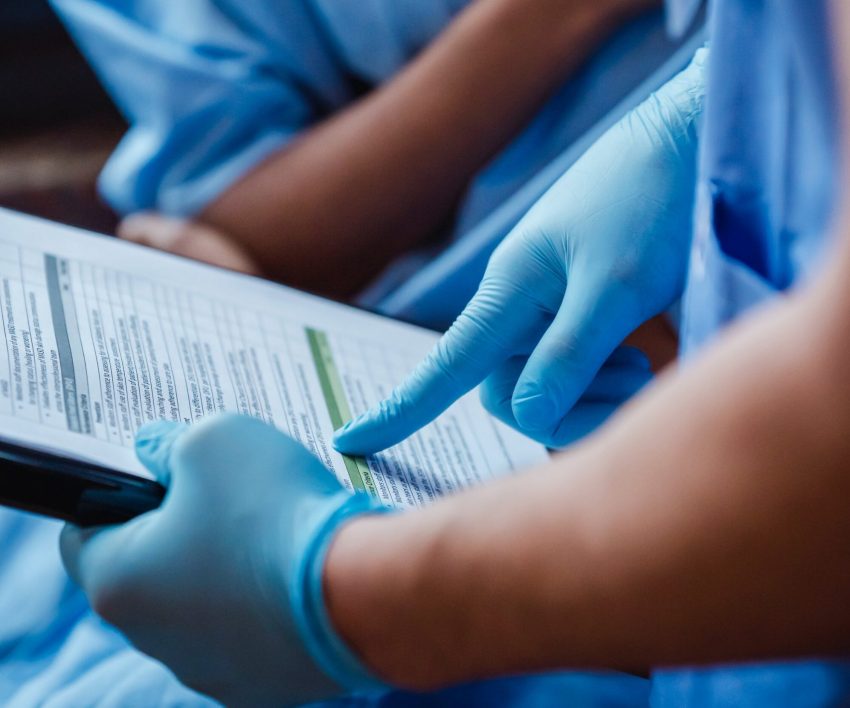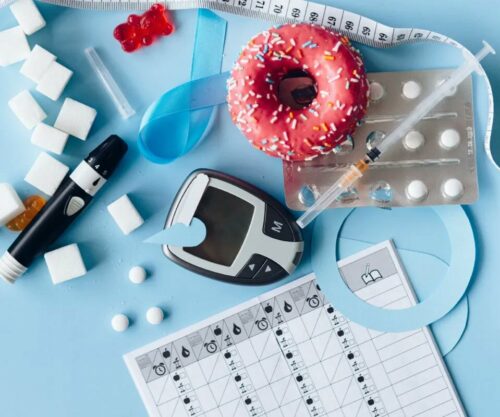
Educating yourself about your upcoming procedure is the best thing you can do for yourself. If you are going to the doctor for an endoscopy, here is how you can prepare for it.
Dr Barbara Mkumbi – also known as Dr B – is a medical specialist who specialises in all things related to digestive health and liver medicine. “The digestive system is complex and very interesting!” notes Dr B. “Every day I am faced with questions – even outside of work – about common GIT and liver conditions.”

With her knowledge in endoscopy-related procedures, Dr B spoke to BONA to share some information about it.
Firstly, what is an endoscopy?
Dr B explains the following:
Endoscopy refers to group procedures in which a doctor directly visualises the gastrointestinal tract. We do this to evaluate specific symptoms such as abdominal pain, vomiting, gastric reflux, problems related to swallowing, possible bleeding, change in bowel habit or investigating a patient for cancer.
After the age of 45 years old, although a patient may not have any gastrointestinal complaints, it is important to have screening colonoscopy (lower endoscopy) to remove precancerous growths called polyps. This is a preventative measure for colorectal cancer. It is particularly important to do a screening colonoscopy in patients with a family history of colon cancer.
What is an endoscope?
An endoscope is a long flexible instrument in the shape of a tube with a light source and camera apparatus on the end. This is attached to a monitor and screen that shows live images of the gastrointestinal tract. Endoscopy allows us to visualise the oesophagus, stomach, small and large intestine and diagnose diseases as well as perform numerous interventions. Examples of interventions performed are taking biopsies (small pieces of tissue- samples), removing superficial lesions, controlling bleeding ulcers, do procedures where we open or dilate a narrow area, and the insertion of feeding tubes to name a few.
Please provide a list of scopes and what they are used for.
- There is upper endoscopy known as a gastroscopy, which we use to visualise the oesophagus, stomach and top of the small intestine called the duodenum.
- There is lower endoscopy known as colonoscopy that is used to look at the bottom of the gastrointestinal tract. This is done via the anus to investigate possible pathology in the rectum and the large intestine as well as a small portion of the last part of the small intestine.
Gastroscopy and colonoscopy are the standard endoscopy procedures one is usually booked for. However, in some patients, for example, where there is evidence of blood loss in the gastrointestinal tract and both G and C scope are normal, we need to look further into the small bowel.
- Small bowel enteroscopy is a highly advanced and specialised form of endoscopy used to reach the middle portion of the small intestine. The length of the small intestine is 7 metres on average, and therefore requires a longer scope to reach this area compared to the standard length. This procedure is always done in theatre under general anaesthetic.
- A simpler procedure used to visualise the small intestine is video capsule endoscopy. With this procedure a patient swallows a camera the size of a tablet – a capsule. This capsule is connected to a monitor that the patient wears as a belt for up to 12 hours. The capsule is passed from the mouth to anus – and sometimes seen in the toilet. The information is gathered and loaded onto a computer that creates a video of the capsules journey.
How is the endoscope inserted?
The procedure of performing the gastroscopy requires insertion of the scope into the mouth. A mouth piece is placed in the patients mouth for the patient to bite down on. This is done so that the mouth remains open and so that the scope isn’t bitten during the procedure. Sedation is used to make the patient drowsy and alleviate any discomfort. The scope is then pushed into the mouth and into the oesophagus slowly and gently, and video images are seen on the monitor.
The colonoscopy is done under sedation, a drip is inserted before the procedure and continuous boluses of intravenous analgesia and sedation are given throughout to keep the patient comfortable. An anaesthetist will usually be present to administer the sedation. Prior to sedating the patient, they will be instructed to lie on their left side. The scope is then inserted via the anus into the rectum with the use of lubricant or anaesthetic jelly.
So, how can patients prepare for an endoscopy?
For a gastroscopy, a patient must be nil per or fast for at least six hours prior to the procedure.
For a colonoscopy, we need to see the bowel wall or lining clearly. For this reason, we need to temporarily alter the diet and give a special laxative called bowel preparation for which there are different types. Generally we use a powdered solution that is dissolved in water and started the day prior. The dosing may be two to four sachets, depending on the brand used. After drinking the solution, the patient has loose stools and this stool should be clear by the time it is time for the scope.
For the diet, the day prior to colonoscopy, you are required to have a low residue meal for breakfast before 08h00. Thereafter, a liquid diet should be followed until the procedure. This may include black coffee or tea, soup that had been strained, jelly, fizzy drinks and energy drinks, generally liquids that you are see-through.
Patients with comorbidities or chronic illness need to be prepped accordingly. A patient that is taking blood thinners such as aspirin, warfarin, or clopidegrel must inform their doctor so that we can take the necessary steps to pause or switch that medication as these medications may increase the bleeding risk with the procedure. Furthermore, it is important for diabetic patients to check their sugar level and also alter medication according to doctors instructions.
Also see: Causes of blood in urine




